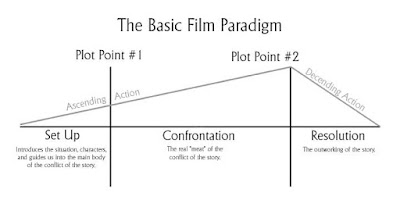-form of communication
-mass media(reaches millions of people) Media is thought of a term of new media and old media.
Old media could reach hundreds, thousands and maybe million people whereas new media via the internet (mobile phones etc.) can reach even a billion people so the idea of the mass media is that is reaches a huge mass of people.
-Early Newspapers were illustrated
-1878 mass produced photography began, by 1900 the famous brownie camera costing 1 dollar was released.
-Magazines and newspapers were now accompanied by photographs rather than hand drawn images.
-Early film and photograph stock were the same.
Radio: Gugliemo Marconi made hi historic foray into broadcasting in 1901. When his wireless transmitted the first radio waves across the curvature of the earth. The Italian entrepreneur broadcast, from the isle of white to Cornwall.
Old media and its new media equivalent
Old Media New Media
-TV -Netflix which a TV streaming channel an app that runs on phones and laptops, computers mobile devices. Amazon Studios, Amazon Prime
-Radio -Apple Music
-Cinema -Online streaming, youtube,
cinema streaming sites Netflix, MUBI,
BFI Player,
-Newspapers -Online version of Newspapers, Onlineversion
of The Daily Mirror, The
Daily Mail, The Guardian, news site such as Mashable, Facebook sharing of news
article on Twitter , news apps on phones, BT email news items and articles from
newspapers . Snapchat
-Magazine -Indie Wire , Mashable,
-Photography -Snapchat.
Instagram, Pinterest, Tumblr

